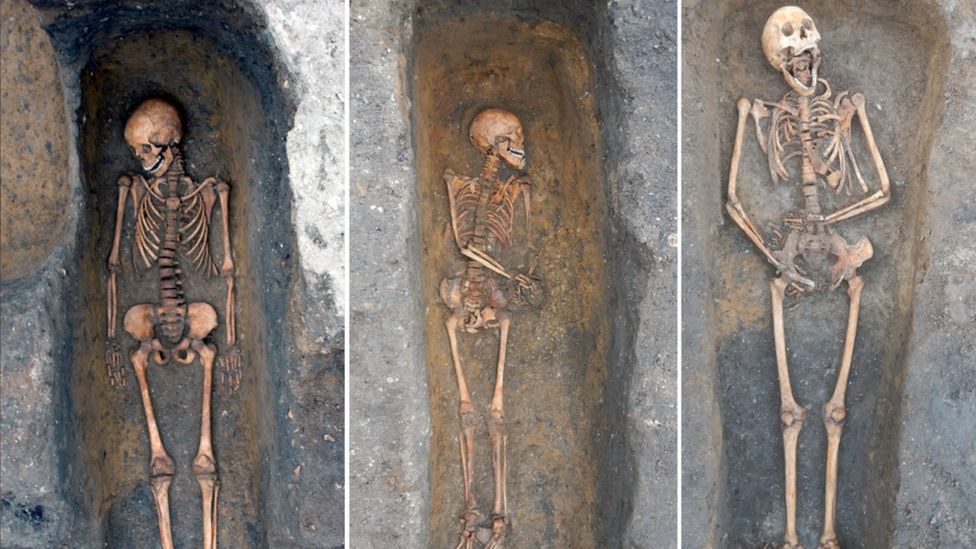Newly discovered Black Death victims treated with care

When the Black Death swept through Europe during the 14th century it wiped out between 40-60 percent of the population.
Despite the traumatic death toll during the pandemic, archaeologists have found that victims of the disease were treated with “care and compassion”.
A team from Cambridge University found evidence of individual burials continuing in Cambridge, as well as mass burials, which the team said “had been impossible to confirm until now”.
Senior project officer Craig Cessford said it “shows that even in incredibly traumatic times during past pandemics, people tried very hard to bury the deceased with as much care as possible”.
Since the disease killed people so quickly that there were no visible traces of it left on skeletons, archaeologists have been unable to identify whether individuals had died of plague unless they were buried in mass graves.
At least, that was the case until researchers from the After the Plague project identified the plague-causing pathogen called Yersinia pestis, which they found by studying the DNA from the teeth of medieval bodies.
The bodies studied were buried at a parish cemetery and friary in Cambridge, excavated in 2017, as well as those buried in the nearby deserted village of Clopton.
At least three plague victims were found buried in the chapter house of the friary.
Mr Cessford said the “burials show that even during plague outbreaks, individual people were being buried with considerable care and attention”.
Mass graves of plague victims were also uncovered in Cambridge in St Bene’t’s churchyard.
The land was soon after transferred to Corpus Christi College, when the St Bene’t’s parish guild founded the college to commemorate victims of the Black Death.
Image: Cambridge Archaeological Unit
